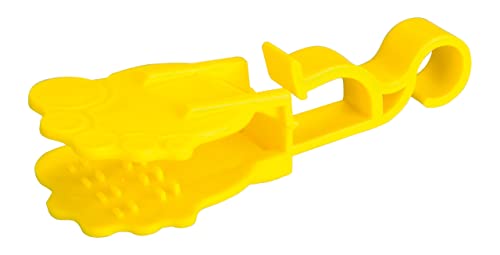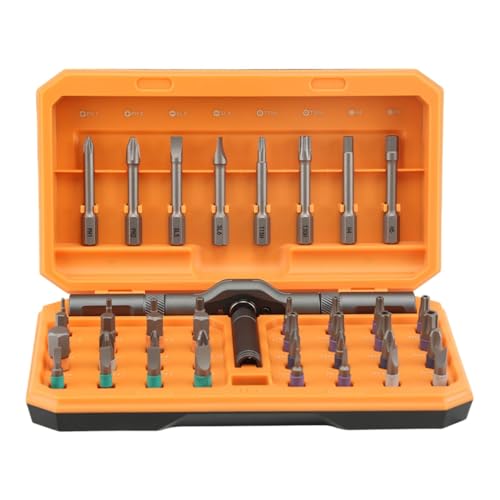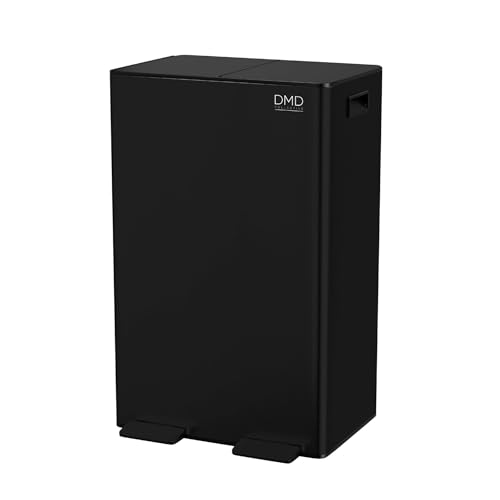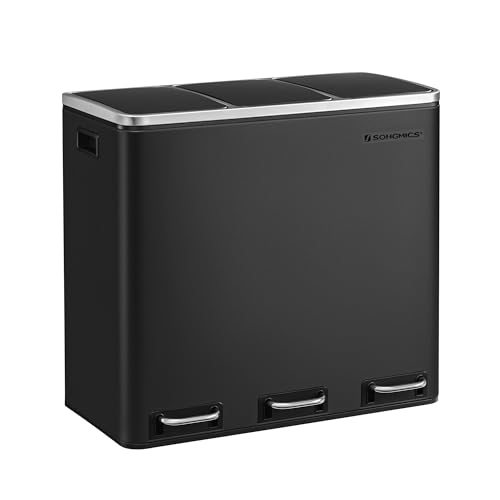Understanding Acoustic Guitars: What Makes Them Unique
The Essence of Acoustic Guitars
When we think of acoustic guitars, we envision the warm, resonant sound that fills a room without needing any electronic amplification. These guitars create music through the vibration of strings, which resonate within a hollow body, producing natural sound. Unlike electric guitars, the unique construction and materials used in acoustic guitars—like solid wood for the top and a well-designed body shape—play a crucial role in shaping their tonal quality. If you’ve ever heard a subtle, rich chord that seems to come alive, it’s the acoustic guitar’s inherent qualities that are responsible for that magic.
How Acoustic Guitars Differ from Other Instruments
Acoustic guitars stand out in the broader family of stringed instruments due to their simplicity and versatility. They can be played solo, accompanied by vocals, or used in a band setting. Whether you’re strumming chords for a soft ballad or fingerpicking an intricate melody, the acoustic guitar adapts seamlessly. Its portability means you can take it practically anywhere, making it an ideal choice for spontaneous jam sessions or serene evenings on the porch.
Choosing the Right Acoustic Guitar for Your Skill Level
Beginners: Finding Your First Guitar
If you’re new to playing, it’s essential to choose a guitar that feels comfortable and inspires you. We recommend starting with a model that has a wider neck for easier finger positioning. Look for guitars labelled as ‘student’ or ‘beginner’ models—they usually have a softer action, making it easier on your fingers as you learn. It’s also wise to consider smaller body shapes, like concert or parlor guitars, which can be more manageable for practice.
Intermediate Players: Enhancing Your Skill Set
As your skills develop, we can recommend looking for acoustic guitars that offer greater tonal variety. Consider guitars with solid woods—like spruce for the top and mahogany for the sides and back—since they tend to sound richer with age. These models also often come with a slightly more sophisticated construction, such as a cutaway design, allowing easier access to higher frets for more challenging pieces.
Advanced Players: Choosing a Performance Model
For seasoned players, the quest for the perfect acoustic guitar becomes more intricate. You may want to explore high-quality brands that offer advanced features like intricate inlays, unique woods, or even electronics for amplification. Selecting a guitar that can project sound clearly while providing a wide dynamic range becomes paramount, so don’t hesitate to try several models to find one that complements your playing style.
Key Features to Look for in an Acoustic Guitar
Body Shape: The Sound’s Foundation
The body shape of an acoustic guitar significantly impacts its sound. From dreadnought to jumbo, each form has its character. Dreadnoughts are excellent for loud strumming due to their volume, while smaller-bodied guitars like the concert shape offer a balance between treble and bass. Think about how and where you’ll play to determine which shape best fits your needs.
Wood Types: The Heart of the Sound
The type of wood used in guitar construction directly influences its sound quality. For instance, a solid spruce top can provide bright tonal clarity, whereas rosewood back and sides contribute warmth and depth. It’s worth exploring different combinations of woods and even trying guitars made from alternative materials—like mahogany or cedar—to discover what resonates with you personally.
Playability: Comfort is Key
When trying out a guitar, pay close attention to its playability. The guitar should feel comfortable in your hands; the neck should have a smooth finish, and the strings should be easy to press down. A low action—how close the strings are to the fretboard—can enhance playability and make your practice sessions more enjoyable.
Caring for Your Acoustic Guitar: Tips for Longevity
Storing Your Guitar Properly
How you store your acoustic guitar can greatly affect its longevity. We suggest keeping it in a hard case to protect it from fluctuations in temperature and humidity. If you live in a dry climate, consider investing in a humidifier for your case. This helps maintain the moisture balance in the wood, which is crucial for keeping the guitar’s body and neck in good condition.
Regular Maintenance: Keeping it Sounding Great
Regular maintenance shouldn’t be overlooked. Clean your strings after each use to prolong their lifespan, and occasionally check the guitar for any signs of wear or damage. We suggest using a soft cloth to wipe down the body and neck, but be mindful of using products specifically designed for instruments, as some cleaners can damage finishes.
Top Acoustic Guitar Recommendations for Every Budget
Affordable Options for Beginners
For those just starting out without breaking the bank, consider brands like Yamaha or Fender, which offer reliable models at wallet-friendly prices. These guitars are known for their solid construction and sound, providing great value for new players.
Mid-Range Guitars: Quality Meets Value
In the mid-range category, we recommend looking into Taylor and Martin for exceptional quality without pushing budget constraints too far. These brands have a solid reputation for crafting instruments that deliver consistently rich tones and excellent playability, ideal for advancing players.
Premium Guitars for Serious Musicians
For advanced players ready to invest in their sound, brands like Collings and Larrivée showcase exquisite craftsmanship and innovative designs. Guitars from these makers come with exquisite detailing, premium woods, and often exceptional tonal range, making them a worthy addition to any serious musician’s collection.


































